
Traffic lights help manage road flow, but frequent stops can be frustrating. While signals may seem unpredictable, understanding their mechanics and adjusting driving habits can lead to a smoother commute. These 10 tips will help reduce delays and improve efficiency at intersections.
Read the System, Don’t Fight It
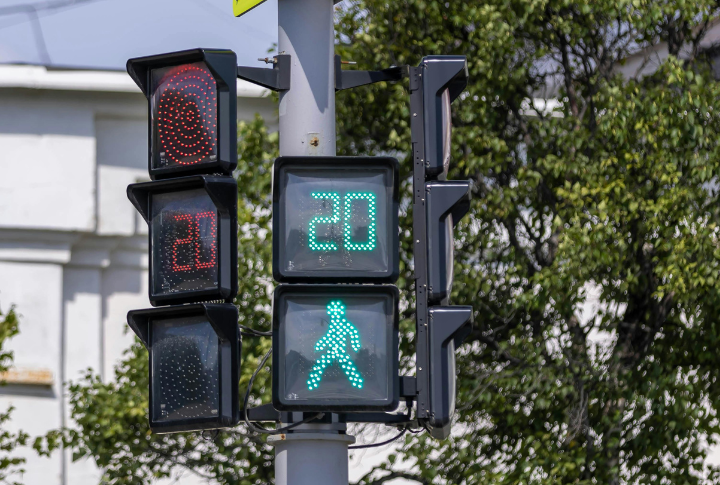
Traffic lights don’t change at random. Many rely on detection systems like induction loops, motion sensors, or traffic cameras to monitor vehicle movement. Others follow preset timers based on congestion patterns. Recognizing these mechanisms helps drivers anticipate light changes and improve their approach at intersections.
Position Your Car for Quick Detection
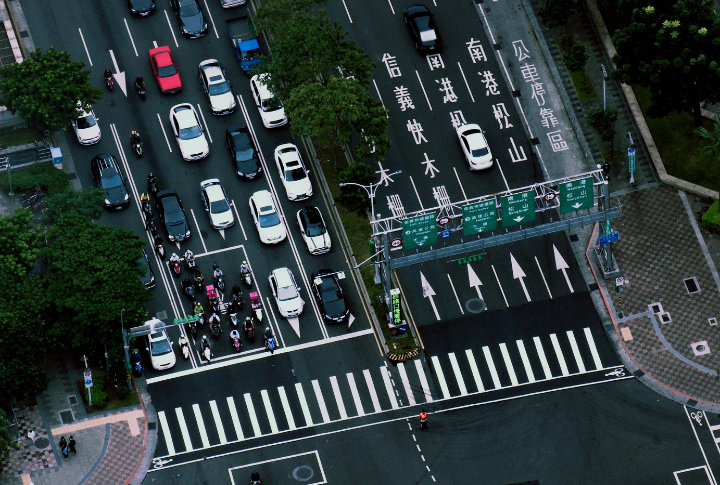
Ever sat at a light that refuses to change? The problem might be placement. Many signals rely on underground sensors that detect metal, and smaller vehicles can struggle to trigger them. To avoid getting stuck, stop directly over the faint rectangular grooves in the pavement—that’s where the sensor is strongest.
Let Pedestrian Signals Be Your Guide

Crosswalk buttons don’t instantly change traffic lights, but they do affect timing. A pressed button means the light will stay red longer for vehicles. Spotting a pedestrian preparing to cross can give you an early signal that the light is about to change, helping you adjust your speed accordingly.
Ignore the Myths That Waste Your Time

Flashing your headlights, creeping forward, or tapping the brakes won’t make the light change faster. Traffic signals respond to real triggers, not random driver tricks. The best way to ensure the system detects you is to stop in the correct zone and wait for the cycle to complete as intended.
Treat Broken Lights Like an Intersection Test
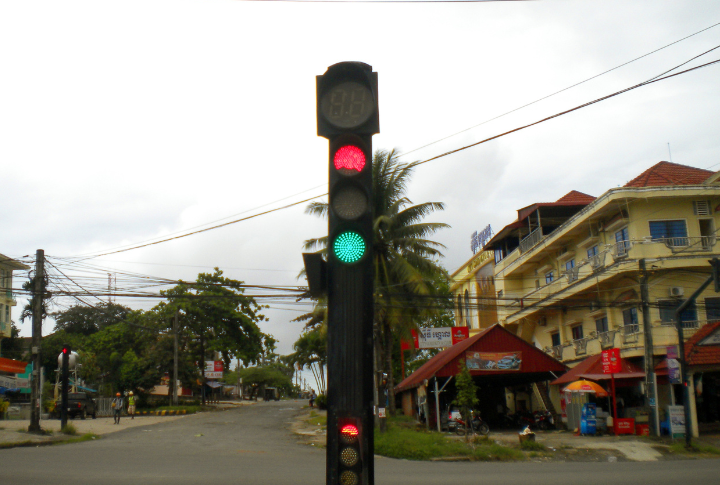
A malfunctioning traffic signal isn’t an invitation for chaos. When a light fails, treat the intersection as a four-way stop—pause fully, check for cross traffic, and move only when it’s your turn. Notably, reporting the issue to local authorities also helps get things running smoothly again.
Ride Smart on Two Wheels
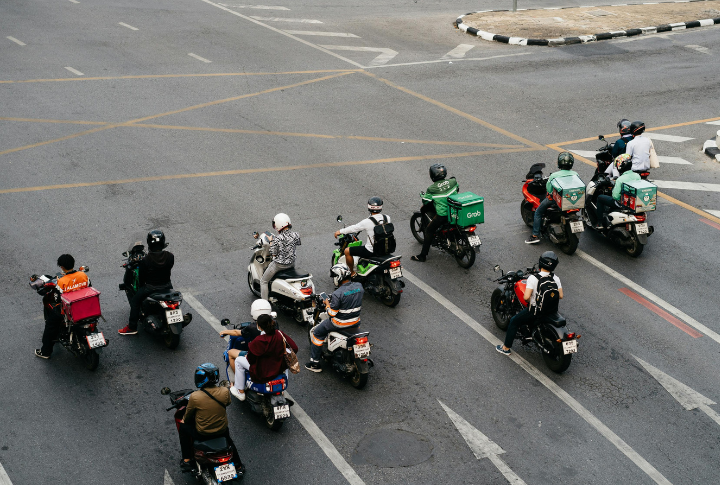
Motorcycles and bicycles often struggle to trigger sensors. To increase your chances of detection, position yourself directly over the sensor loop rather than to the side. If that doesn’t work, try rolling slightly forward within the zone until the system recognizes your presence.
Work With Smart Traffic, Not Against It
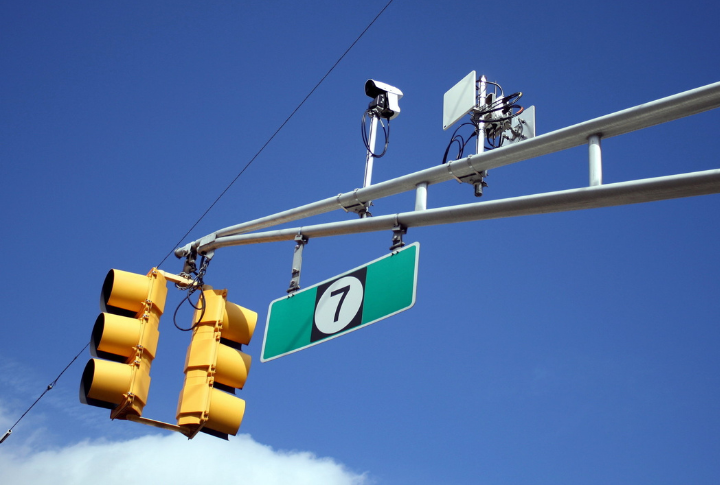
AI-powered traffic signals adjust in real-time to prioritize busier lanes and ease congestion. Many systems use data from road sensors and traffic cameras to optimize flow. If you notice a pattern of fast-changing lights in high-traffic areas, maintaining a steady speed instead of racing from stoplight to stoplight can help you catch more greens.
Adjust for Weather Interference
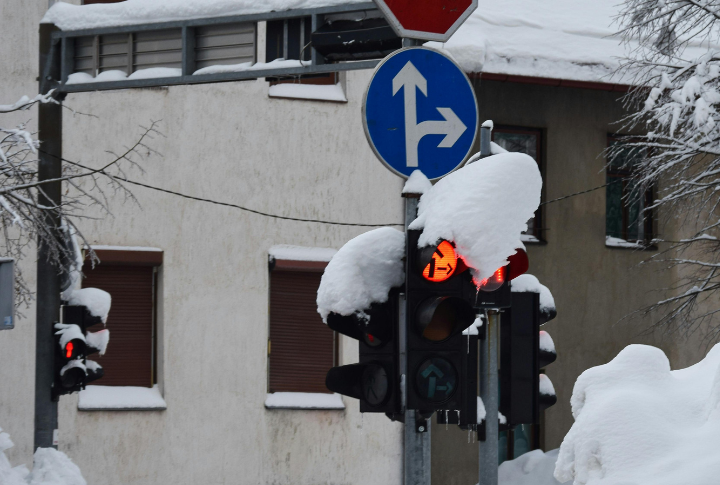
Heavy rain, fog, and snow can lead to interference with traffic sensors and cause delays. Some detection systems struggle with poor visibility, and wet roads can make painted sensor markings harder to see. Positioning your car as close to the sensor zone as possible increases detection accuracy in bad weather.
Stay Ahead of Traffic Tech
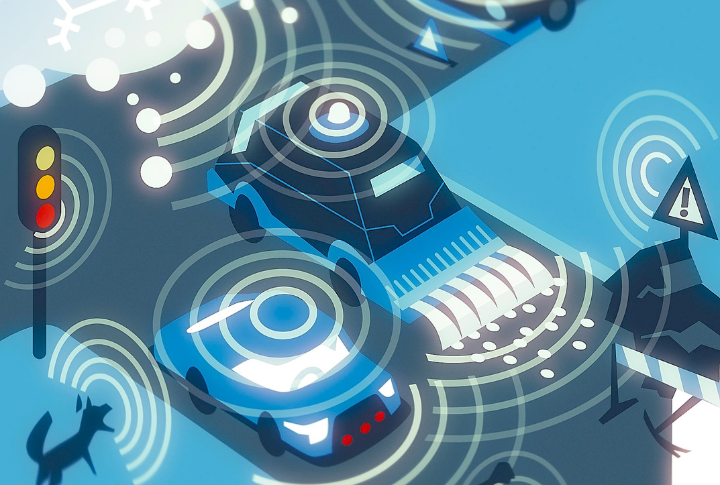
Smart intersections and vehicle-to-infrastructure (V2I) technology are shaping the future of traffic control. Cars will soon communicate directly with stoplights, allowing for better coordination and fewer unnecessary stops. Staying informed about these innovations will help drivers adapt as cities upgrade their traffic systems.
Drive With Patience, Arrive With Less Stress
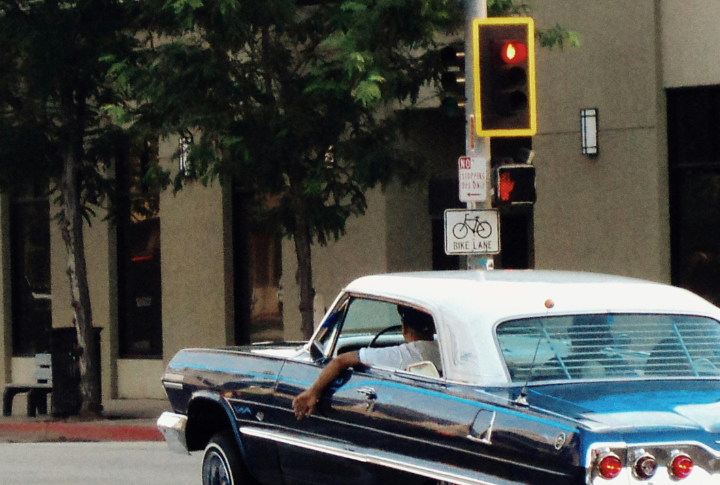
Traffic lights aren’t out to get you. The impatient lane changes, aggressive acceleration, and frustration won’t speed things up. Keeping a calm and steady approach to intersections improves traffic flow and helps create a safer, more predictable commute for everyone.
